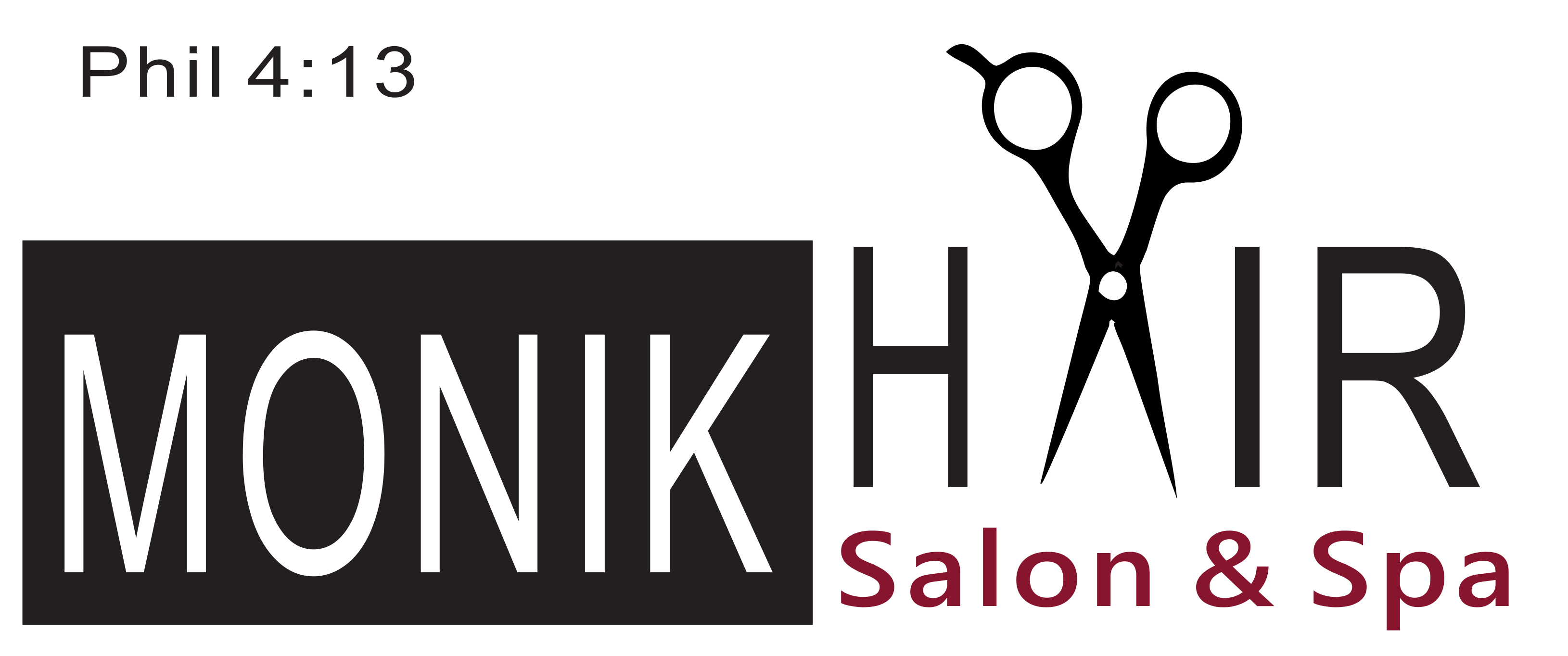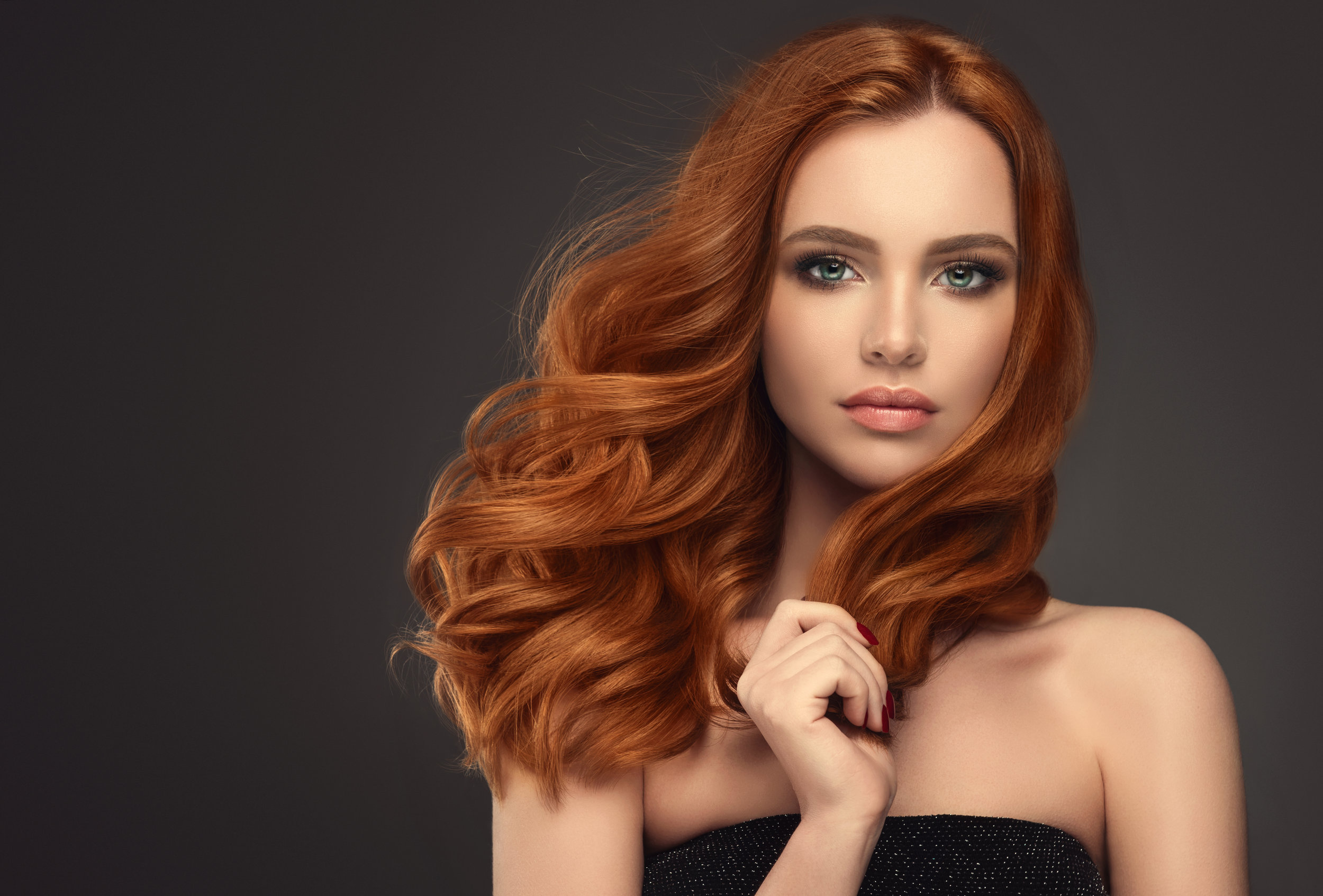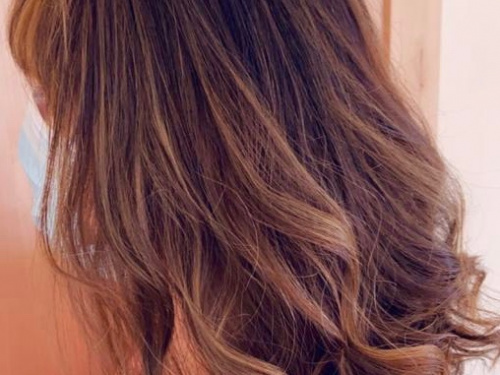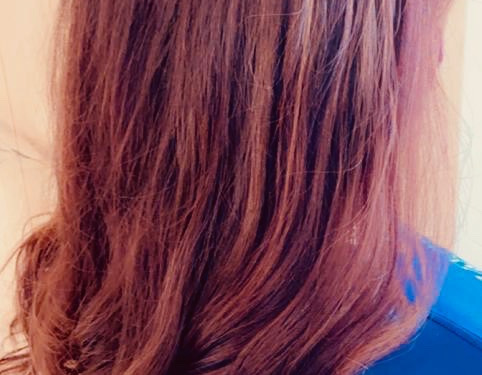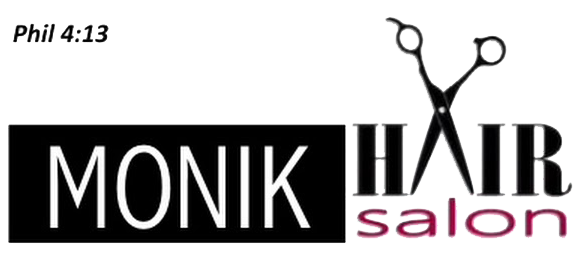Hairstyles for women in the 1950s were diverse, of varying hair lengths, although women older than 20 generally preferred short to medium-length hair. Women generally emulated the hair styles and hair colors of popular film personalities and fashion magazines; top models played a pivotal role in propagating the styles.
Alexandre of Paris had developed the beehive and artichoke styles seen on Grace Kelly, Jackie Kennedy, the Duchess of Windsor, Elizabeth Taylor, and Tippi Hedren. Generally, a shorter bouffant style was favored by female movie stars, paving the way for the long hair trend of the 1960s. Very short cropped hairstyles were fashionable in the early ’50s.
By mid-decade, hats were worn less frequently, especially as fuller hairstyles like the short, curly “elfin cut” or the “Italian cut” or “poodle cut” and later the bouffant and the beehive became fashionable (sometimes nicknamed B-52s for their similarity to the bulbous noses of the B-52 Stratofortress bomber).
Stars such as Marilyn Monroe, Connie Francis, Elizabeth Taylor and Audrey Hepburn usually wore their hair short with high volume. In the poodle hairstyle, the hair is permed into tight curls, similar to the poodle’s curly hair (curling the hair involves time and effort). This style was popularized by Hollywood actresses like Peggy Garner, Ann Sothern and Faye Emerson.
In the post-war prosperous 50s, in particular, the bouffant hair style was the most dramatic and considered an ideal style in which aerosol hairspray facilitated keeping large quantities of “backcombed or teased and frozen hair” in place. This necessitated a regimen of daily hair care to keep the bouffant in place; curlers were worn to bed and frequent visits were made to the hair stylist’s salon. Mouseketeer Annette Funicello dramatically presented this hair style in the movie “Beach Party”.
Short, tight curls with a poodle cut known as “short bangs” were very popular, favored by women such as first lady Mamie Eisenhower. Henna was a popular hair dye in the 1950s in the US; in the popular TV comedy series I Love Lucy, Lucille Ball (according to her husband’s statement) “used henna rinse to dye her brown hair red.” The poodle cut was also made popular by Audrey Hepburn. In the 1953 film Roman Holiday, Audrey Hepburn’s character had short hair known as a “gamine-style” pixie cut, which accentuated her long neck, and which was copied by many women.
In the film Sabrina, her character appears initially in long plain hair while attending culinary school, but returns to her Paris home with a chic, short, face-framing “Paris hairstyle”, which again was copied by many women. When the rage among women was for the “blond bombshell” hair style, Hepburn stuck to her dark brown hair color and refused to dye her hair for any film. Mamie Eisenhower, wearing a short fringe “bangs”, 1954.
Jacqueline Kennedy wore a short hair style for her wedding in 1953, while later she sported a “bouffant”; together with the larger beehive and shorter bubble cut, this became one of the most popular women’s hairstyles of the 1950s. Grace Kelly favored a mid-length bob style, also influential. There were exceptions, however, and some women, such as Bettie Page, favored long, straight dark locks and a fringe; such women were known as “Beat girls”.
The 1950s had a profound influence on fashion and continues to be a strong influence in contemporary fashion. Some of the world’s most famous fashion icons today such as Christina Aguilera, Katy Perry, and David Beckham regularly wear their hair or indulge in a style of fashion clearly heavily influenced by that of the 1950s. Aguilera is influenced by Marilyn Monroe, Beckham by Steve McQueen and James Dean.
The pompadour style became popular among Italian Americans and the image became an integral part of the Italian male stereotype in the 1970s in films such as Grease and television series such as Happy Days. The Fonz, played by Henry Winkler, with his greased pompadour, white t-shirt and leather jacket, has been cited as the “epitome of the 50s bad-boy cool”. In modern Japanese popular culture, the pompadour is a stereotypical hairstyle often worn by gang members, thugs, members of the yakuza and its junior counterpart bosozoku, and other similar groups such as the yankii (high-school hoodlums)
